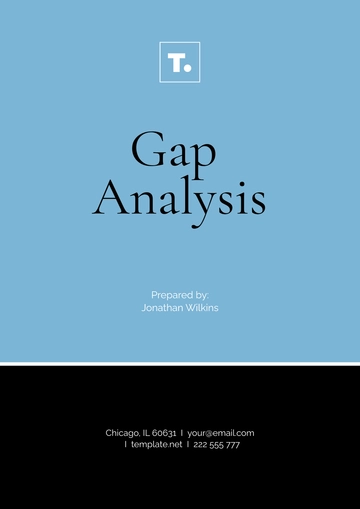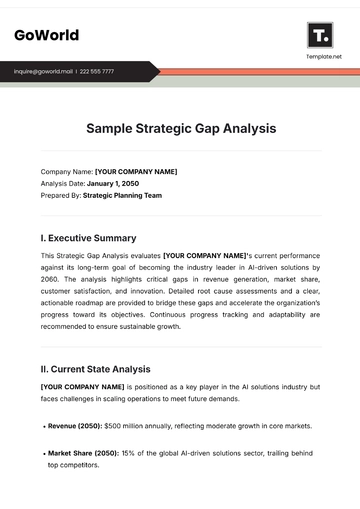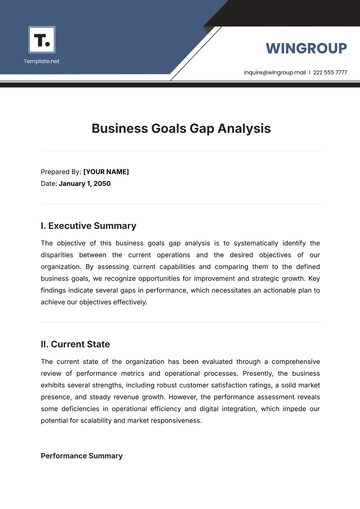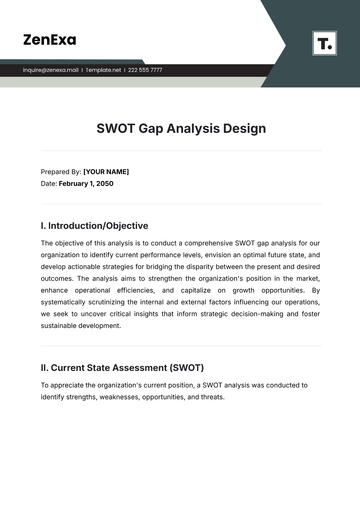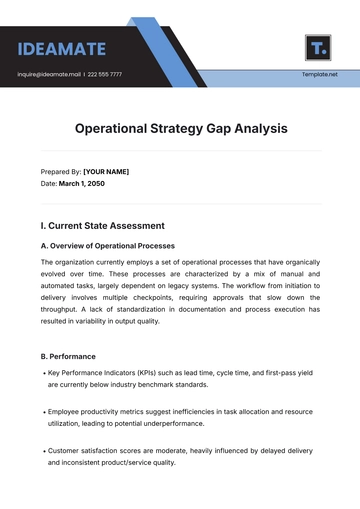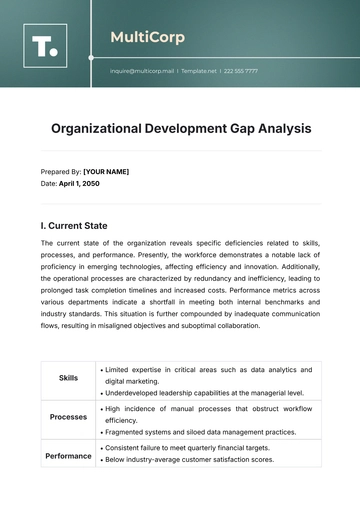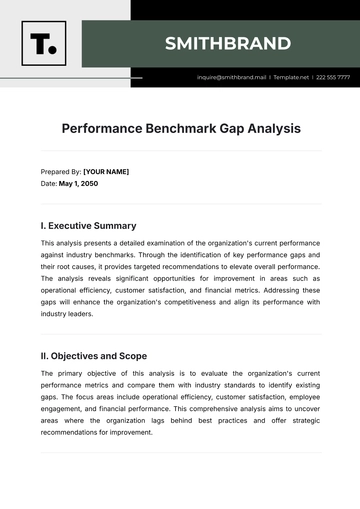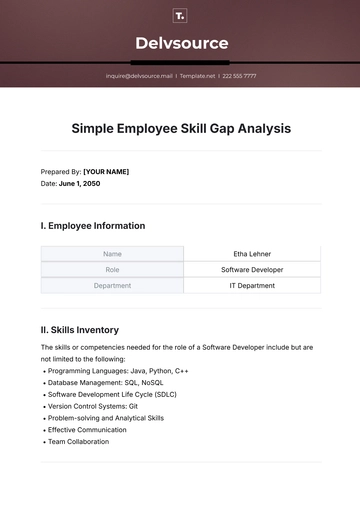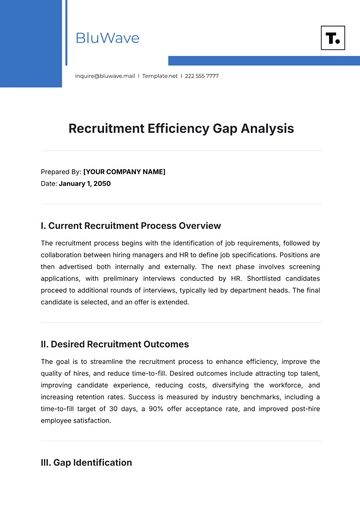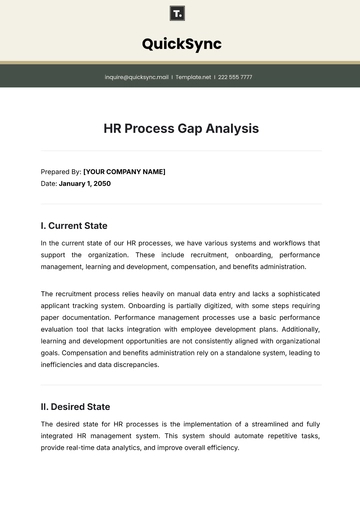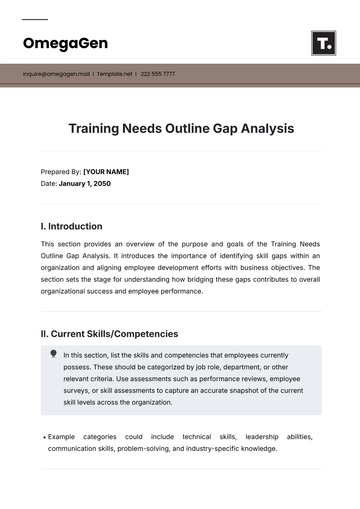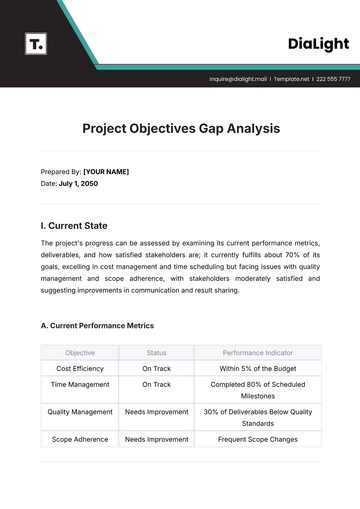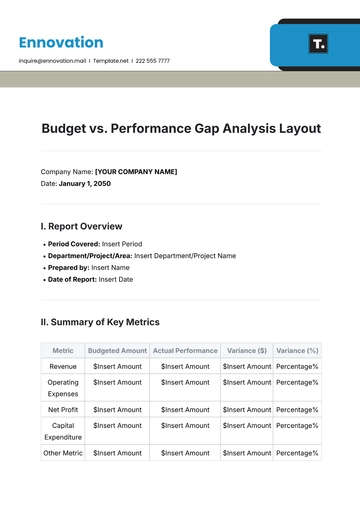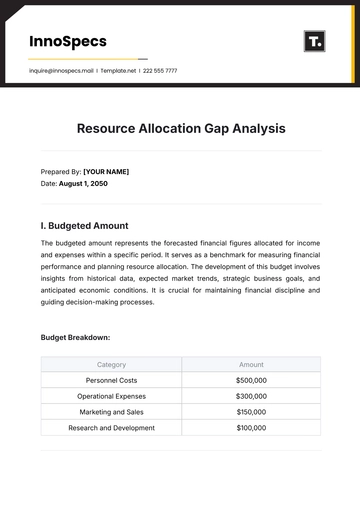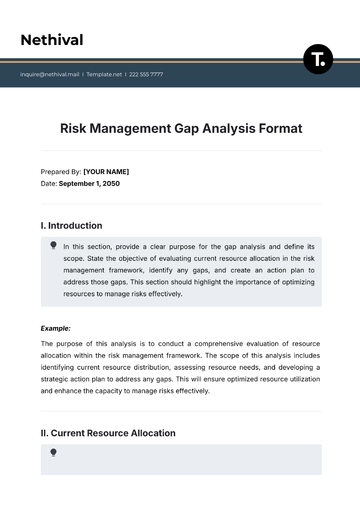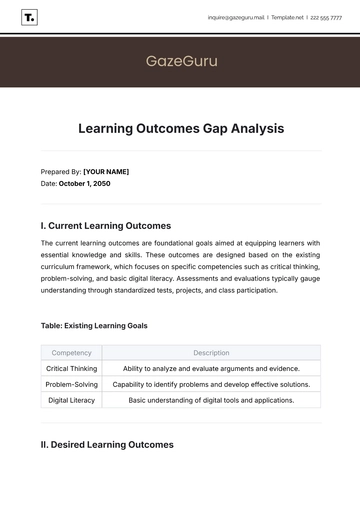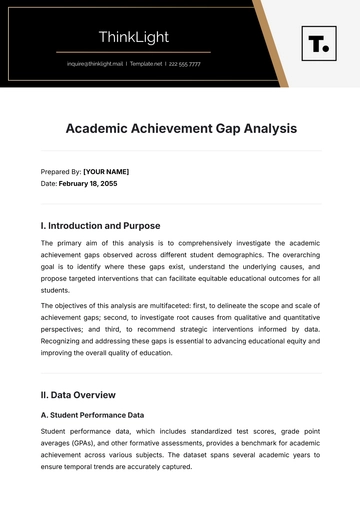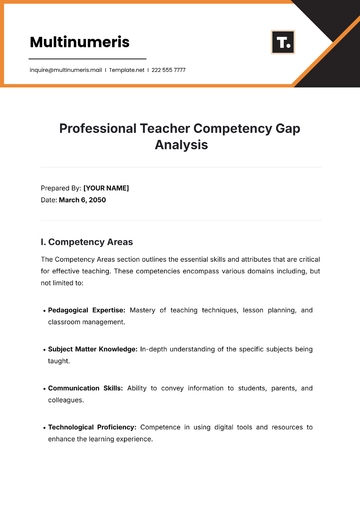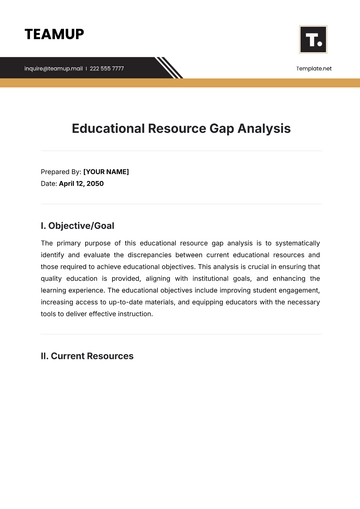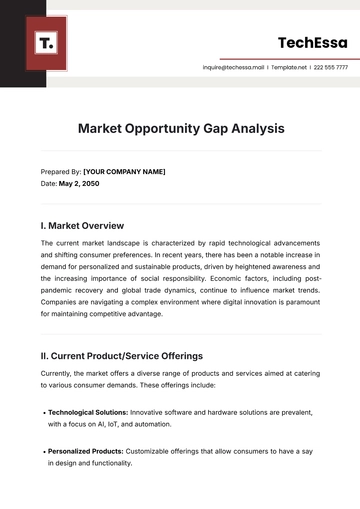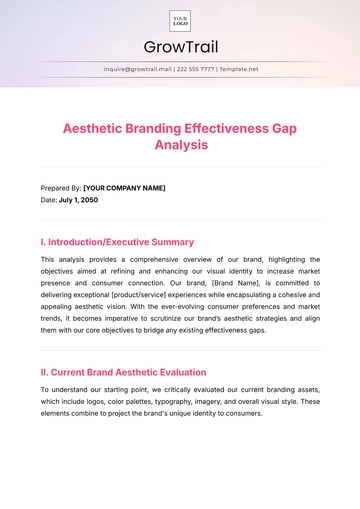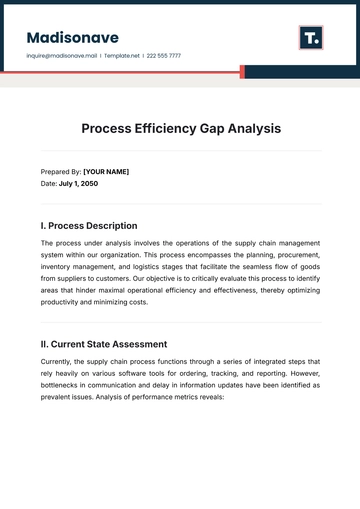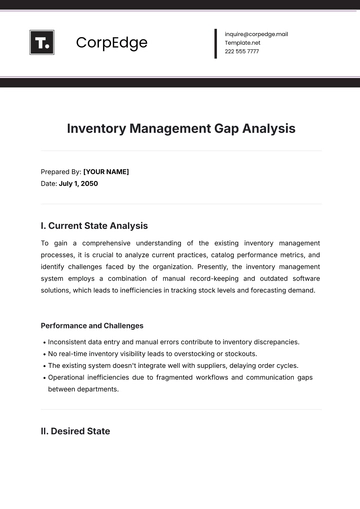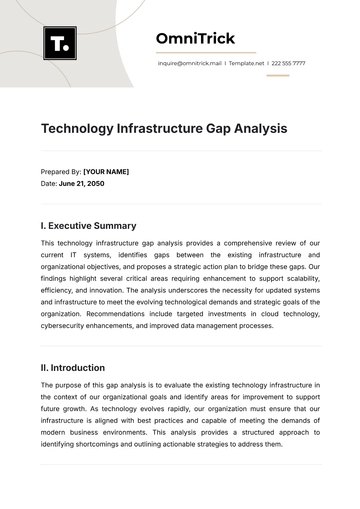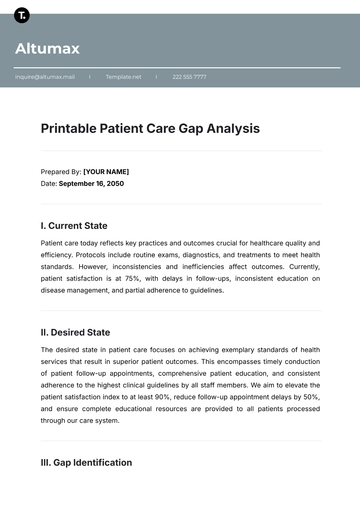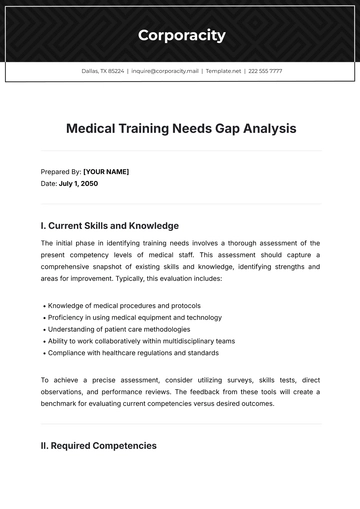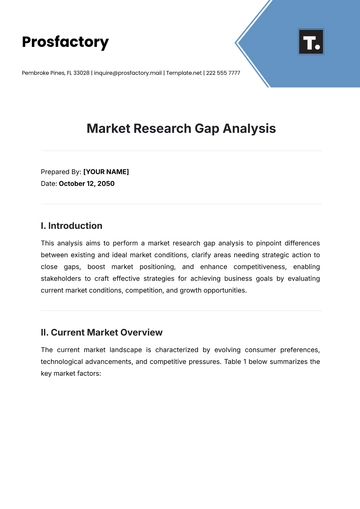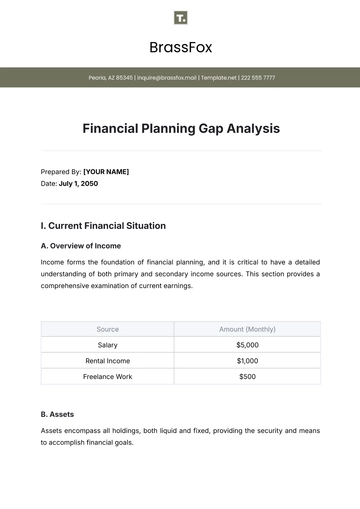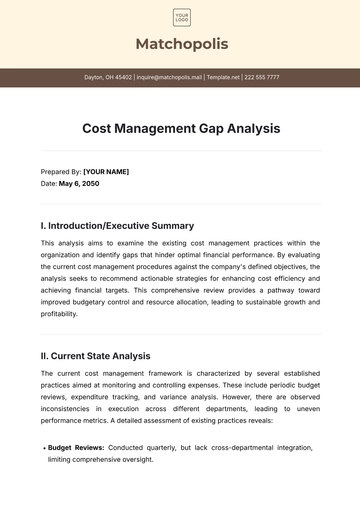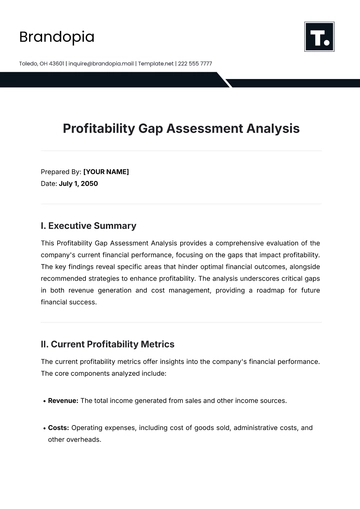Feminist Research Thematic Analysis
Introduction
This thematic analysis delves into the pervasive gender inequalities manifesting across diverse contexts, with a focus on workplaces and educational institutions. Through this analysis, we seek to understand the impact of these inequalities on individuals, the systemic and cultural causes driving them, and identify strategies to combat these entrenched disparities. By examining real-world examples and data, we aim to highlight both the challenges and opportunities for creating more equitable environments.
Workplaces
Pay Gap
The gender pay gap remains one of the most persistent forms of inequality in the workplace. Globally, women earn 20% less than men on average for performing the same roles, even after accounting for education and experience. In sectors such as finance and tech, this gap is even more pronounced, with women earning up to 30% less than their male counterparts.
Key factors driving the pay gap include:
Occupational segregation: Women are overrepresented in lower-paying roles, such as administrative support and caregiving.
Discrimination: Unconscious and systemic biases result in unequal pay for equal work.
Differences in work experience: Women often experience interrupted career trajectories due to caregiving responsibilities, which are not factored into pay or promotion decisions.
Glass Ceiling
The ‘glass ceiling’ refers to invisible barriers that prevent women from rising to senior leadership positions, despite qualifications and experience. In Fortune 500 companies, women hold only 8.1% of CEO roles and 26% of executive-level positions. Factors contributing to the glass ceiling include:
Lack of mentorship programs: Fewer structured opportunities for women to receive guidance from senior leaders.
Gender bias in promotions: Studies show women are often judged on performance, while men are promoted based on potential.
Work-life balance challenges: Women are disproportionately impacted by expectations to balance caregiving and professional responsibilities.
Workplace Harassment
Sexual harassment and gender-based discrimination continue to be pervasive issues in many work environments. Over 40% of women report experiencing harassment at work, with rates higher in male-dominated industries like tech and manufacturing.
Key concerns include:
Effectiveness of sexual harassment policies: Many companies have policies in place, but enforcement is often lax, and victims fear retaliation.
Reporting mechanisms: A lack of clear, supportive channels for reporting harassment discourages victims from coming forward.
Cultural impacts: In cultures where gender hierarchies are deeply ingrained, addressing harassment may be more challenging due to societal norms.
Case Studies
By examining specific industries, we can illustrate the pervasive nature of gender inequalities and their varied impacts.
Industry | Example | Impact |
|---|
Tech Industry | Low representation of women in engineering roles | Leads to fewer female role models and perpetuates gender bias in hiring practices. |
Financial Sector | Fewer women in executive positions | Results in the gender pay gap and limited career progression for women. |
Educational Institutions
Enrollment and Participation
Gender inequalities often begin in educational settings, affecting students' future opportunities. While women’s enrollment rates in higher education are high globally, significant disparities remain in certain fields like STEM. In many countries, women account for only 35% of STEM students in universities, which translates into fewer women entering related careers.
Key factors include:
Enrollment rates: Girls are less likely to be encouraged to pursue advanced studies in math and science.
STEM participation: Gender stereotypes deter many young women from participating in STEM fields.
Access to resources: Scholarships and mentorship programs often favor male-dominated fields, leaving women underrepresented.
Gender Bias in Curriculum
Many educational systems and curricula contain inherent gender biases that influence student experiences. Textbooks often underrepresent women in historical and scientific contexts, while teachers may inadvertently reinforce gender stereotypes through classroom interactions.
Key concerns include:
Textbook representation: Women are portrayed in less than 30% of textbook content, often relegated to passive roles.
Gender-stereotyped examples: Teaching materials frequently use male-dominated examples, particularly in subjects like mathematics and science.
Teacher expectations: Studies show that teachers may have lower expectations for girls in STEM subjects, negatively impacting their confidence and participation.
Impact on Career Choices
The educational experience significantly shapes career aspirations, and gender biases in education often perpetuate inequalities in the workforce. For example, girls are less likely to receive career counseling that encourages them to pursue high-paying, male-dominated fields like engineering or technology.
Key issues include:
Gender-biased career counseling: Counselors may unconsciously steer girls towards traditionally feminine careers, reinforcing gender divides.
Lack of role models: The absence of female representation in certain fields limits girls' perceptions of what they can achieve.
Self-efficacy beliefs: Gendered educational experiences shape students’ beliefs in their abilities, influencing career choices.
Case Studies
Examining specific educational institutions can provide insights into how gender inequalities manifest.
Institution | Issue | Impact |
|---|
Primary Schools | Gendered expectations in classroom behavior | Reinforces traditional gender roles from an early age. |
Universities | Lower female participation in STEM programs | Contributes to persistent gender gaps in STEM careers. |
Implications and Strategies for Change
Policy Recommendations
Effective policies can play a critical role in addressing gender inequalities in both workplaces and educational settings. Some key recommendations include:
Enforcing equal pay legislation: Governments should require transparent reporting on pay gaps and enforce penalties for non-compliance.
Implementing flexible work arrangements: Allowing for parental leave and flexible hours can help reduce gender-based work-life imbalances.
Mandatory gender sensitivity and anti-harassment training: Ensuring that all employees and students receive regular training to foster an inclusive culture.
Institutional Changes
Institutions must take proactive steps to create environments that support gender equity. Strategies include:
Establishing mentorship programs: Structured mentorship opportunities for women can help break through the glass ceiling.
Introducing gender-inclusive curricula: Educational institutions should revise curricula to better represent women and challenge stereotypes.
Regular policy reviews: Workplaces and schools should regularly assess their gender policies and make adjustments as needed to ensure fairness.
Conclusion
In conclusion, the thematic analysis of gender inequalities in workplaces and educational institutions reveals deep-rooted challenges that require multifaceted solutions. By implementing effective policies, promoting inclusivity, and fostering supportive environments, we can begin to dismantle the systemic barriers that perpetuate gender inequality. With consistent effort and commitment, institutions can create pathways toward greater gender equity and social justice.
Analysis Templates @ Template.net

